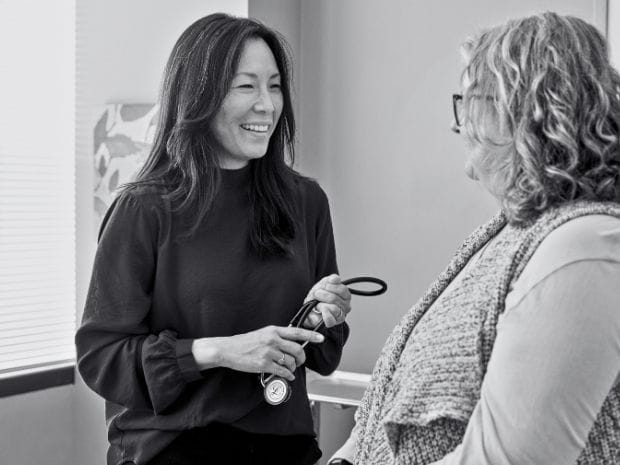Healthy Living
Fighting Breast Cancer Starts with Knowing Your Risk
October 09, 2025
Home > About > News & Media > Story Center
Breast Cancer Awareness Month is the month-long reminder for every woman to take proactive steps in the fight against breast cancer.
These steps include routine mammogram screenings, getting a formal risk assessment or even participating in genetic testing for those who are at high-risk for getting breast cancer.
Legacy Cancer Institute recommends that all women with an average risk of breast cancer get annual mammogram screenings starting at age 40. Those who are at higher-than-average risk may need to get yearly screenings along with additional imaging tests.
Mammogram screenings are critical tools in treating breast cancer. Screenings often result in the early detection of cancer that can prevent it from spreading elsewhere in the body. They can also halt the need for aggressive treatment options — such as a mastectomy or chemotherapy — after cancer is discovered. These proactive steps almost always lead to higher survival rates for patients.
For Amie Bates, PA-C, a lead provider at Legacy Health’s High Risk and Genetics Clinic, every woman should consider having a formal risk assessment completed by age 30.

“Many of us aren't aware of our risk for breast cancer,” she says. “Someone might think: ‘Oh, I had a cousin who had breast cancer at a young age.’ A family history of breast cancer plays a big role in understanding your risk for breast cancer. Also, a family history of other cancers, such as ovarian, metastatic prostate and pancreatic cancers can also clue us into a potential risk for a genetic mutation that would put a person at a higher risk for not only breast cancer but other cancers as well. Family history of cancers is one of the many reasons to get a risk assessment.”
Legacy's High Risk and Genetics Clinic is the place to get this done. Referrals are usually based on a patient’s insurance coverage, but many people can also self-refer. Comprised of a team of compassionate and highly trained experts, the clinic is a comforting resource center for people who are dealing with, or needing to find, answers regarding breast cancer.
Amie notes that formal risk assessments provide initial clarity as to a woman’s personal risks based on her unique health and family history. It all starts with a comprehensive intake of information and a conversation.
“When someone is referred to us for a risk assessment, we first go through their personal risk factors for cancers,” she says. “What’s their breast density? Have they ever had a breast biopsy? What's their gynecological history? Have they breastfed? These are all potential risk factors for breast cancer.”
“Then we review family history. Do they have a family history of cancer? What kind of cancer? Who was it? At what age were they diagnosed?”
Amie describes the assessment as a deep dive into the details of a person’s life. Once information is gathered, she uses a handful of validated risk assessment calculators to provide a percentage risk for breast cancer over that person’s lifetime as well as for the next five to ten years.

If a person is found to be at substantial risk for breast cancer, other imaging tools, such as an MRI or a breast ultrasound, could be coupled with the mammogram screening. Still, a genetic test might be the next prudent step if a risk assessment suggests inherited cancer risks.
Amie says genetic testing locates inherited gene mutations that can put people at a higher risk for cancer. These mutations are inherited from a parent and may reside as an unknown presence that eventually contributes to a cancer forming. They can also exist in patients without any family history of cancer. Whatever the case, gene mutations result in more personalized screening regimens for those who have them.
Amie says proactive steps — screenings, risk reduction strategies, risk assessments and genetic testing — can help strengthen the odds of beating a breast cancer diagnosis because they often result in early detection of cancer.
“By far the best outcome is if you catch breast cancer when it is localized or small. The five-year survival rate is 95% or better,” she says. If diagnosed at later stages, survival rates start to decrease, “so it’s imperative to catch a breast cancer as early as possible.”
Learn more |

